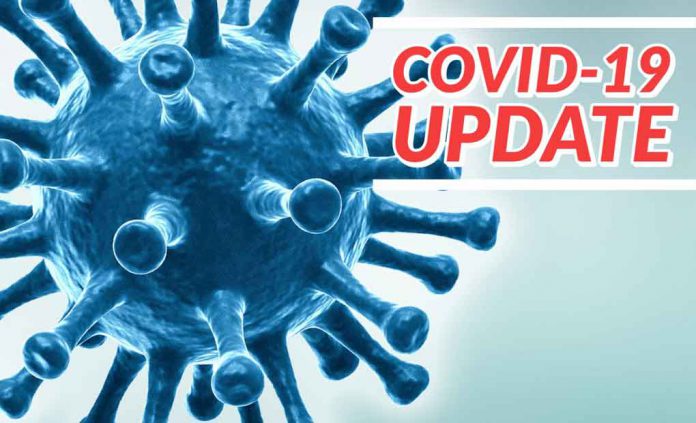KENORA – COVID-19 Update – The Northwestern Health Unit says there are more COVID-19 Variants in the district.
“We have not seen any further spread from the Brazilian variant in the region, however, the UK variant is common in Ontario and further spread in our region is likely if prevention measures are not followed”, says Dr. Kit Young Hoon, Medical Officer of Health at NWHU.
Northwestern Health Unit (NWHU) has been notified of more COVID-19 variants of concern (VOC) in the region, including both the UK and Brazil variants.
This is the first Brazilian variant result in the NWHU area and was found in a sample from a resolved case in the Dryden area. Cases of the UK VOC have been seen in the Sioux Lookout, Dryden, Kenora, Fort Frances and Atikokan health hubs.
NWHU is currently aware of active UK VOC cases in Kenora, Fort Frances, and Atikokan, however VOC cases may also be in other communities as lab identification of variants is not possible for some samples.
All COVID-19 prevention measures protect from VOCs as well. Although the variants spread more easily, they spread in the same way as the non-variant form of COVID-19. “You can prevent a COVID-19 infection by staying 2 metres away from anyone you do not live with and by only gathering with your household members. By doing so, we will lower case numbers and should begin to see some restrictions being lifted”, explains Dr. Young Hoon.
Since January 2021, the NWHU catchment area has had 56 positive lab results with confirmed VOC present. All lab results that are positive for COVID-19 are sent to be tested for VOC, however, often the cases are no longer infectious by the time VOC results are known. Due to this, as per Ministry of Health guidelines, all cases in the NWHU region are treated as VOCs out of precaution.







